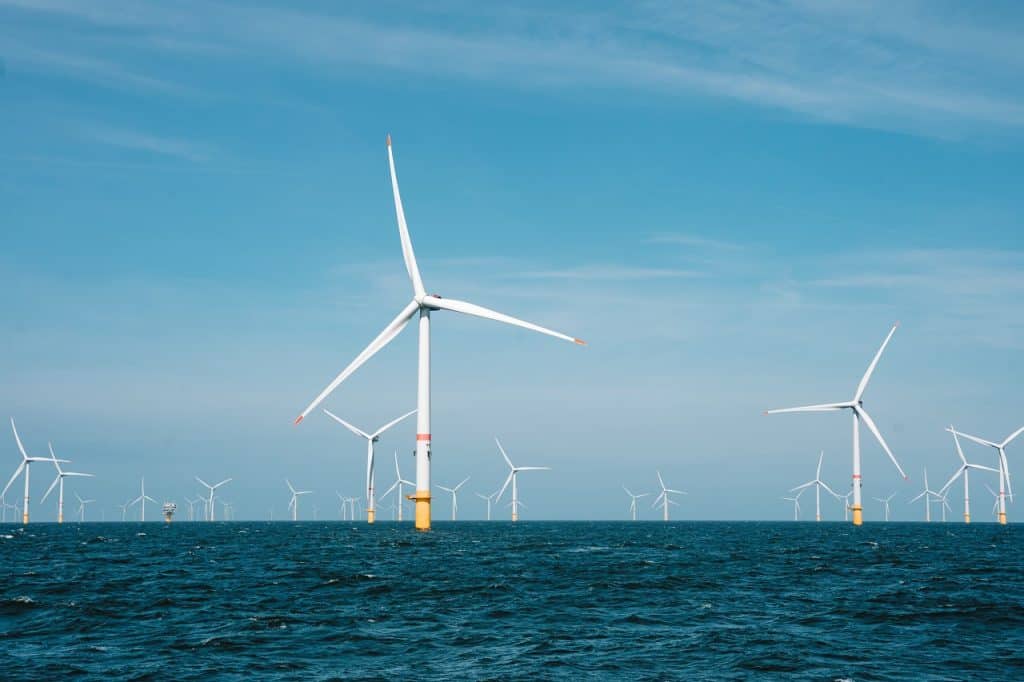Giant wind turbines float in the ocean and don’t move. AS?

Growing demand for cleaner energy sources means that offshore wind farms are being built around the world. More than 5,000 turbines must be installed each year by 2050 to limit global warming to 1.5 degrees Celsius.
However, in some regions, such as the US state of California, it is difficult to build wind turbines directly on the sea bed due to the steep slope of the continental shelf.
Even in areas with shallow coastal waters, congestion of shipping lanes, fisheries, marine protected areas, tourism and existing energy infrastructure make it difficult to build new turbines.
So it’s no surprise that many of these new turbines need to be located in deeper water, farther from shore.
Floating wind turbines are emerging as a promising solution. However, turbines are getting bigger at a rapid pace, allowing electricity to be produced at a lower cost.
The blades of Hywind Scotland, the world’s first commercial floating wind farm, are 175 meters above the sea surface, slightly taller than the Platina 220 building, the tallest building in São Paulo at 172 metres.
This presents a huge technical challenge. Located in deep water, these large floating structures must withstand the relentless pressure of the ocean while maintaining stability to ensure continuous energy production.
How do turbines stay in place?

The mast of a floating wind turbine is attached to a platform, which is designed to provide stability. There are several types of floating platform, each about the size of a football field.
Under water, mooring lines keep the turbine stable and prevent it from drifting. Anchor lines can be very large steel chains or synthetic ropes. Each of the three steel chains used on Hywind Scotland, for example, is approximately 900 meters long and weighs 400 tonnes.
The mooring lines are fixed to the seabed with an anchor. Most people are familiar with anchoring a boat or securing tent ropes with tent pegs.
In both cases, the anchor (or stake) is driven into the ground, making it more difficult to move the anchor, as the weight and resistance of the ground must be overcome to remove the anchor. The anchors used for floating wind turbines are based on the same principle but on a much larger scale.
Three main types of anchors are used to secure the floating platform to the seabed, each with unique characteristics.
With information from fast company.
The post Giant wind turbines float in the ocean and don’t move. AS? first appeared on Look Digital.
Source: Olhar Digital
Leave a Reply